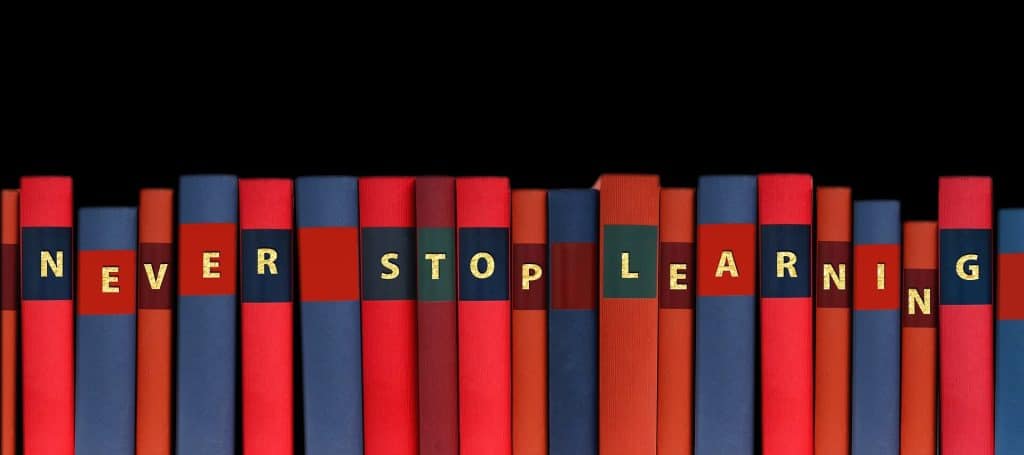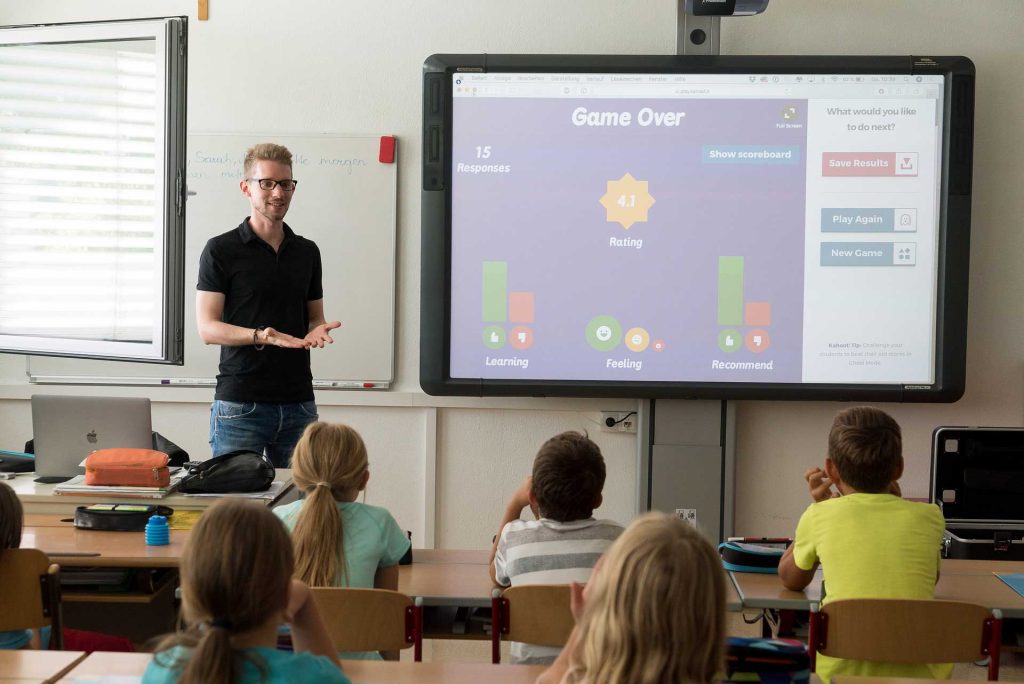How to make sure the standards you set actually stack up
By Colin Sloper and Gavin Grift
Problems arise when teachers and schools don’t have clarity on the standard of achievement they expect from students.
One of these problems is that teachers can simply wind up comparing students to one another – rather than to a clear standard set in the curriculum. Another is when a teacher adapts the curriculum to try and help a struggling student but inadvertently puts them on a trajectory of falling further and further behind.
Today we’re looking at what you can do to ensure your students stay on the right track.
Exploring your own practice
As educators of many years’ experience we acutely appreciate that students have different learning needs and learn at different rates.
But when a teacher merely lowers the level of proficiency for a student who is struggling to keep up, it means they are condemning the student to a school life of underachievement.
We strongly argue that where teachers have high expectations, based on a common and accurate interpretation of the standards stated in the curriculum, they’re more likely to spend a greater amount of time considering how they might change their teaching practice and approaches to move the student closer to the standard.
How to get clearer on standards
When we talk about Professional Learning Communities (PLCs), we’re referring to a collaborative approach where teams of teachers work together to improve outcomes for all students.
But for this approach to work, there has to be a common understanding of what it is we actually want students to achieve.
The only way to answer this critical question, and to develop a common understanding, is to refer back to the curriculum and gain a deep knowledge of what those expected standards are.
By working together, teachers can ensure that the learning programs they develop are more likely to target the needs of students, by shifting the discussion to considering which teaching practices and strategies will be most effective and then monitoring student learning closely to ensure the selected practices are having the maximum impact.
Through this collaborative work, schools also ensure there’s common interpretation of the language used in the curriculum (which can be verbose), so there’s no ambiguity around the level of proficiency required to be deemed ‘at standard’.
Tailor your teaching
Once teachers know what the “bar” should be, it’s then possible to explore strategies and approaches to cater for the learning needs of all their students that move them closer to the expected standard.
For example, in their collaborative team meeting, team members might discuss how each will personalise their teaching to help students struggling to keep up, and how they’ll keep their lessons interesting and engaging for those excelling.

But you’ll need to work as a team…
In a genuine PLC, you’re part of a team that’s trying to lift every student to be at or above the required curriculum standard. It’s called collective responsibility.
Achieving our ultimate aim of “high levels of learning
for all” hinges on teachers and schools not only having ‘high expectations’, but being able to express these in universally accepted standards that schools can measure expectations against.
This ensures that the inconsistent standards of ‘curriculum lotto’ – the result of educators relaying on their individual understanding and interpretation of the curriculum – are avoided.
Being able to stand up for the standard is critical in our ongoing pursuit to reduce the achievement gap so prevalent across our system of schooling.




